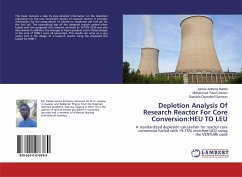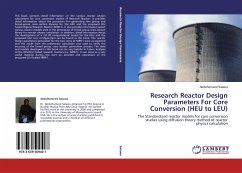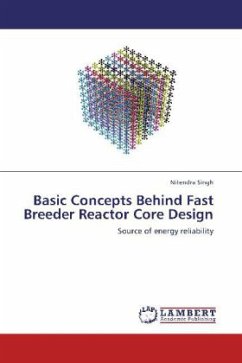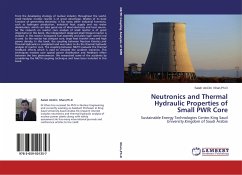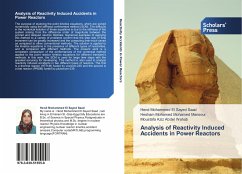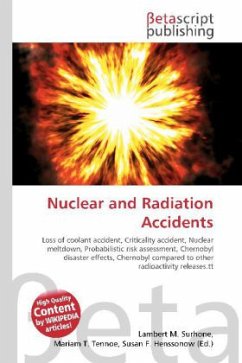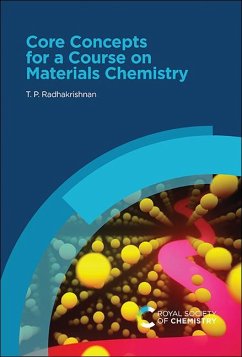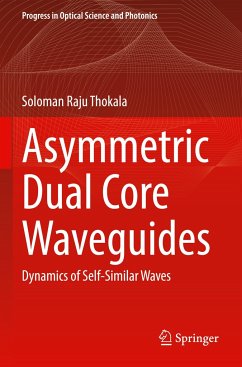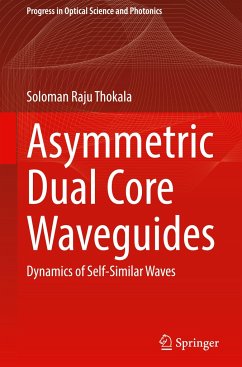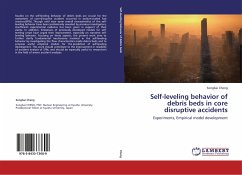
Self-leveling behavior of debris beds in core disruptive accidents
Experiments, Empirical model development
Versandkostenfrei!
Versandfertig in 6-10 Tagen
39,99 €
inkl. MwSt.

PAYBACK Punkte
20 °P sammeln!
Studies on the self-leveling behavior of debris beds are crucial for the assessment of core-disruptive accident occurred in sodium-cooled fast reactors(SFRs). Though until now some overall characteristics of the self-leveling behavior have been preliminarily revealed by previous investigators, insufficient experimental evidence has been given in support of their claims. In addition, limitations of previously developed models for self-leveling onset have urged their improvement, especially on transient self-leveling behavior. Focusing on these aspects, the present work aims to further clarify f...
Studies on the self-leveling behavior of debris beds are crucial for the assessment of core-disruptive accident occurred in sodium-cooled fast reactors(SFRs). Though until now some overall characteristics of the self-leveling behavior have been preliminarily revealed by previous investigators, insufficient experimental evidence has been given in support of their claims. In addition, limitations of previously developed models for self-leveling onset have urged their improvement, especially on transient self-leveling behavior. Focusing on these aspects, the present work aims to further clarify fundamental mechanisms involved in the self-leveling behavior by investigating the flow characteristics inside debris beds and to propose useful empirical models for the prediction of self-leveling development. This work should contribute to the improvement in reliability of accident analysis of SFRs, and should be especially useful to researchers in the field of severe accident analyses.



